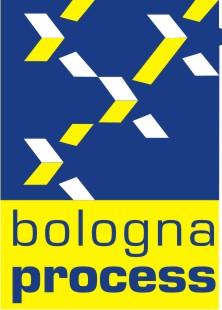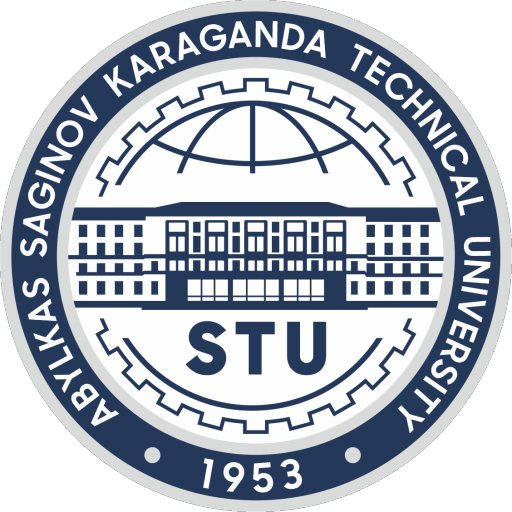The Bologna process was revolutionary in the field of European higher education Its beginning can be attributed to the mid-1970s, when the Council of Ministers of the European Union adopted a resolution on the first program for cooperation in the field of education. Then four of the Ministers of Education, participated in the celebration of the 800th anniversary of the Paris Sorbonne University in 1998, agreed views that segmentation of the European Higher Education in Europe hinders the development of science and education. They signed the Sorbonne Joint Declaration in 1998. Decision to participate in the voluntary process of creating a European Higher Education Area (EHEA) has been taken after one year in Bologna by the representatives of 29 countries (Bologna Declaration, 1999). Currently, it is clear that this was a unique agreement, as today the process involves 47 participating countries of the 49 countries that have ratified the European Cultural Convention of the Council of Europe (1954). The official date of beginning of the process is considered to be June 19, 1999, when Bologna agreement was signed. The Bologna process is open to accession by other countries.
Its beginning can be attributed to the mid-1970s, when the Council of Ministers of the European Union adopted a resolution on the first program for cooperation in the field of education. Then four of the Ministers of Education, participated in the celebration of the 800th anniversary of the Paris Sorbonne University in 1998, agreed views that segmentation of the European Higher Education in Europe hinders the development of science and education. They signed the Sorbonne Joint Declaration in 1998. Decision to participate in the voluntary process of creating a European Higher Education Area (EHEA) has been taken after one year in Bologna by the representatives of 29 countries (Bologna Declaration, 1999). Currently, it is clear that this was a unique agreement, as today the process involves 47 participating countries of the 49 countries that have ratified the European Cultural Convention of the Council of Europe (1954). The official date of beginning of the process is considered to be June 19, 1999, when Bologna agreement was signed. The Bologna process is open to accession by other countries.
The Bologna process at the state level was established in 1999. Since then about 600 higher schools of the world joined Magna Charta Universitatum. Its main aim is to consolidate the efforts of scientific and educational public and European Governments for significant increasing the European system of science and higher education competitiveness in the world scale. In the frames of this area there must be valid unified conditions of educational diplomas recognition, citizens employment and mobility which is to increase significantly the European market of labor and educational services competitiveness.
The main provisions of the Bologna Declaration
Purpose of Declaration – establishing the European Higher Education Area, as well as activation of the European system of higher education worldwide.
The Declaration contains seven key points:
1.Adoption of a system of easily readable and comparable degrees, also through the implementation of the Diploma Supplement, in order to promote European citizens employability and the international competitiveness of the European higher education system
2.Adoption of a system essentially based on two main cycles, undergraduate and graduate. Access to the second cycle shall require successful completion of first cycle studies, lasting a minimum of three years. The second cycle should lead to the master and/or doctorate degree
3.Establishment of a system of credits – such as in the ECTS system – as a proper means of promoting the most widespread student mobility. Credits could also be acquired in non-higher education contexts, including lifelong learning, provided they are recognised by receiving Universities concerned.
4. Promotion of mobility by overcoming obstacles to the effective exercise of free movement with particular attention to:
• for students, access to study and training opportunities and to related services
• for teachers, researchers and administrative staff, recognition and valorisation of periods spent in a European context researching, teaching and training, without prejudicing their statutory rights. Establish standards of transnational education.
5. Promotion of European co-operation in quality assurance with a view to developing comparable criteria and methodologies.
6. introduction of interuniversity education quality control systems and involvement of students and employers to external evaluation of the universities
7. Promotion of the necessary European dimensions in higher education, particularly with regards to curricular development, interinstitutional co-operation, mobility schemes and integrated programmes of study, training and research.
